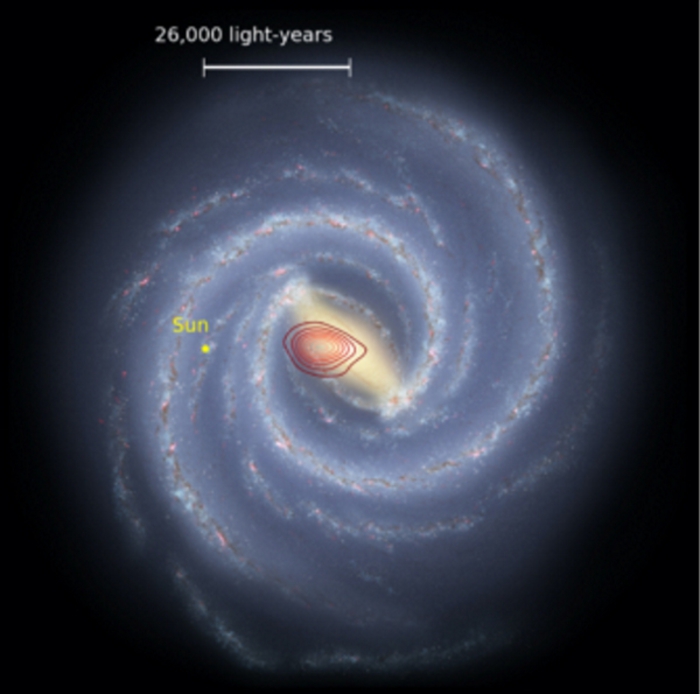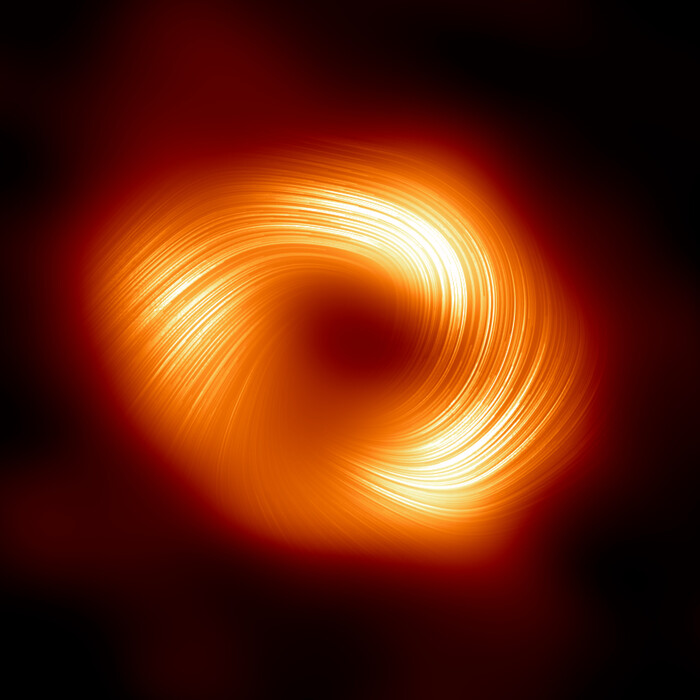There is a fossil galaxy hidden in the heart of the Milky Way: it is called Hercules and its stars today represent about one third of the mass of the entire halo of our galaxy.
Hercules could be what remains of a galactic clash that occurred about ten billion years ago, when the Milky Way was still in its initial phase of formation.
This is what emerges from the study published in the Monthly Notices of the Royal Astronomical Society by astrophysicists coordinated by the University of Liverpool John Moores.
The research is based on data collected by the Apogee (Apache Point Observatory Galactic Evolution Experiment) observing campaign of the Sloan Digital Sky Survey (Sdss) for the study of the archeology of the Milky Way, whose evolution is reconstructed through the analysis of the history of hundreds of thousands of its stars.
The remains of Hercules, despite its size, had so far escaped astronomers, because they were well hidden in the heart of the Milky Way.
"To find a fossil galaxy like this, we had to examine in detail the chemical composition and movements of tens of thousands of stars," explained Ricardo Schiavon of the University of Liverpool, one of the authors of the study.
“This is a particularly difficult analysis - added Schiavon - because the stars at the center of the Milky Way are well hidden by clouds of interstellar dust.
Apogee allowed us, however, to penetrate this thick blanket of dust, and to see deeper than ever into the heart of our galaxy ”.
Separating the stars of the Milky Way from those of Hercules, experts explain, is like looking for a needle in a haystack.
For Danny Horta of the University of Liverpool, one of the coordinators, "of the tens of thousands of stars we examined, a few hundred had very different chemical compositions and speeds".
For the expert, “these are so different stars that they could only come from another galaxy.
By studying them in detail - he concludes - we could trace the position and history of this fossil galaxy ”.






